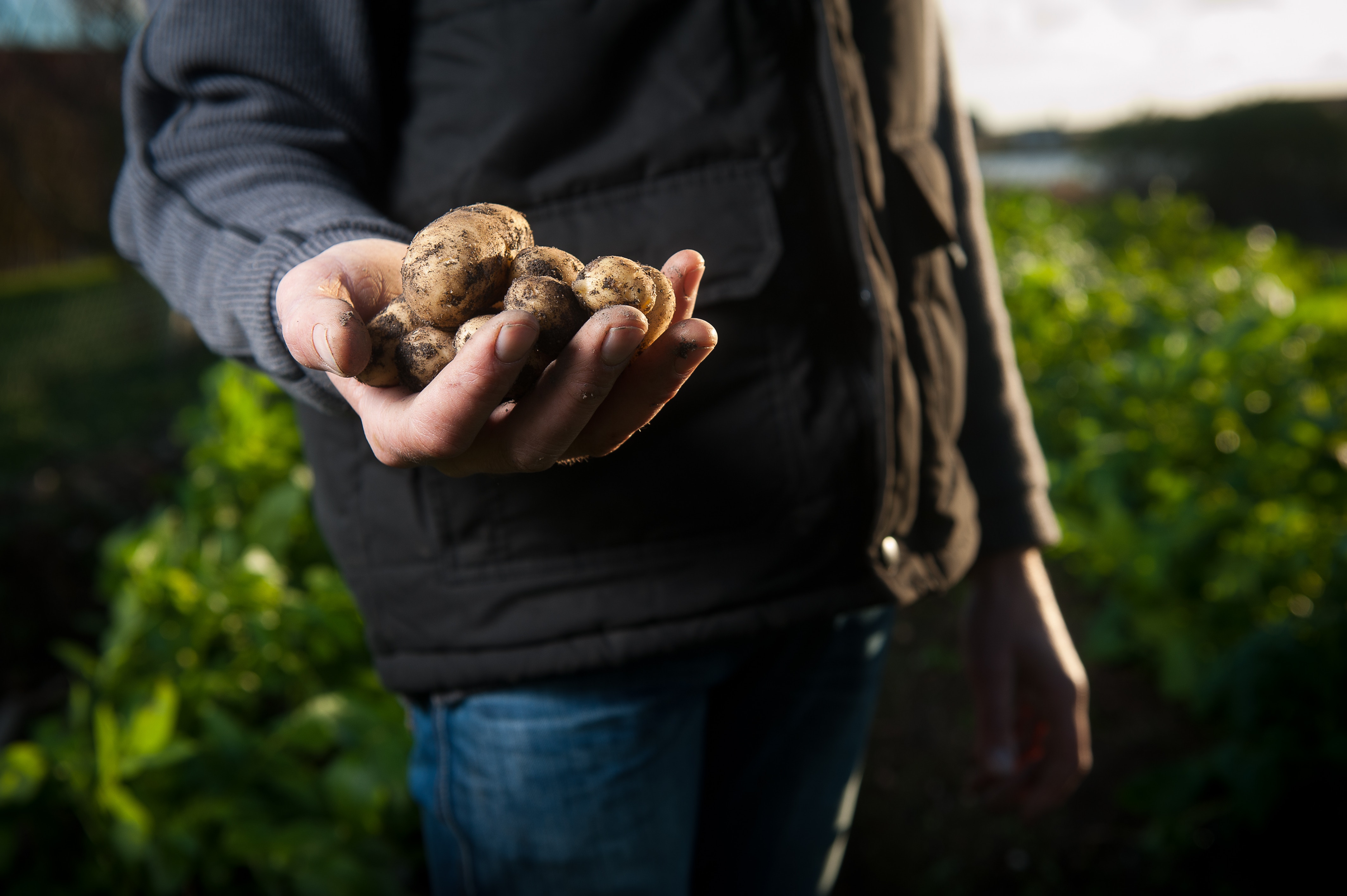Media Release
From: Springer NatureThe mashed-up evolutionary history of themodern European potato
The potatoes first introduced to Europe were closely related to Andean varieties and then were interbred with Chilean varieties, accordingto a study published online this week inNature Ecology & Evolution. Potatoes originated in the South American Andes and are now found around the globe. Historical records of the potato in mainland Europe date back to the late 16th century in Spain. The development of potato-stem tubers is affected by several environmental factors,such as day length and temperature, which are different in the Andes and Europe. Thus, the spread of potatoes in Europe required adaptation to new environmental conditions.
Hernán Burbano and colleagues sequenced the genomes of historical Chilean and European potatoes from the years 1660–1896. Some specimens tested were collected by Darwin on the voyage of the Beagle. The authors also sequenced genomes of modern South American and European local varieties. They found that the oldest European potatoes, collected during 1650–1750, were derived from the Andes. Over the next 100 years, potatoes in Europe interbred with the newly introduced Chilean potatoes. During the 20th century, cultivated potatoes in Europe then exchanged genes with wild potato species.
Modern European potatoes carry a variant of the CDF1 gene that is linked to adaptation to longer days. The authors found long-day CDF1 variants in European samples from the 19th century but not in the samples from 1650–1750. This suggests that long-day CDF1 alleles arose for the first time in Europe, but it is also possible that they were present, but rare, in Chile during pre-Columbian times.
The authors conclude that the interbreeding of multiple South American potato varieties in Europe, together with interbreeding with wild species, contributed to the variety of modern European potatoes.


